GUAP x Kunstraum host “The Community Exhibition”
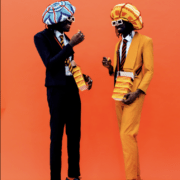
Community describes the realisation that all of us are in deep need of love, care, respect, and compassion.
Contribution by Elsie Cullen.
On the 29th of June, in collaboration with the Kunstraum gallery, we put out an open call looking for young creatives who have never/rarely exhibited before. Creatives from all artistic mediums were invited to submit pieces that spoke to the theme of community.
The open call received 145 submissions from a diverse range of incredibly talented artists, filmmakers, fashion designers, photographers, etc. The shortlisting process was incredibly difficult, however, we managed to get down to 28 artists including photography, film, illustration, painting, drawing, collage, and sound art.
The theme of the exhibition was community as, after a year in lockdown, the word has taken on a much deeper meaning than just the literal definitions describing it through geographical proximity or a gathering around similar interests. The pandemic hit many of us in ways that we could never have predicted, from loss and instability to new awakenings and revelations. In everything ‘community’ stood out as a shining light. From widespread protests and international demonstrations to people buying groceries for their shielding neighbours, the word has become very ethereal. Community describes the realisation that all of us are in deep need of love, care, respect, and compassion, and it is the mindful action of working every day, every moment, to embody that.
On the opening day of the exhibition we asked you what community means to you, these are some of your responses:
“Community is unity, love, respect, giving and receiving.”
“Love. Community means love, authenticity, and unity to me.”
“Community: A group of people who together feel safe, seen, heard, understood and respected.”
Continue reading to find out more about each of the pieces that were exhibited.
‘Shakara’
Photographer & Director
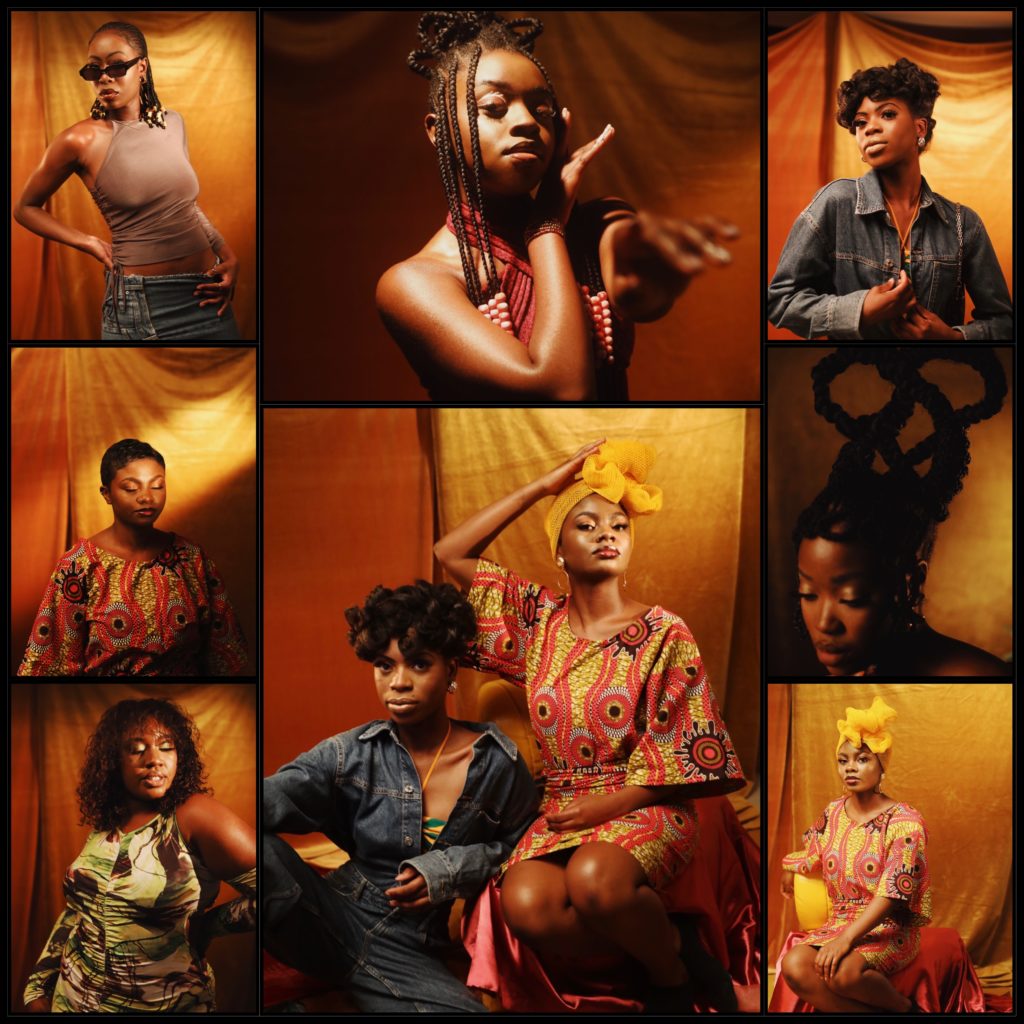
“Shakara, which translates to “showing off/flair” in Yoruba is a photo project which celebrates the role of the 21st-century black Nigerian women in Britain and their influence in beauty/fashion. Shakara speaks to the theme of the community as it aims to present and celebrate the multiplicity and vibrancy of young Nigerian women in the diaspora – capturing the different types of Nigerian girls and their approach to self-expression through style and beauty elements. It also speaks to black womanhood, captured by a black woman for black women – I wanted to create something birthed from the female gaze, a visual project which challenges the usual lens through which we see young black women today in order to depict us perhaps more accurately and fairly.”
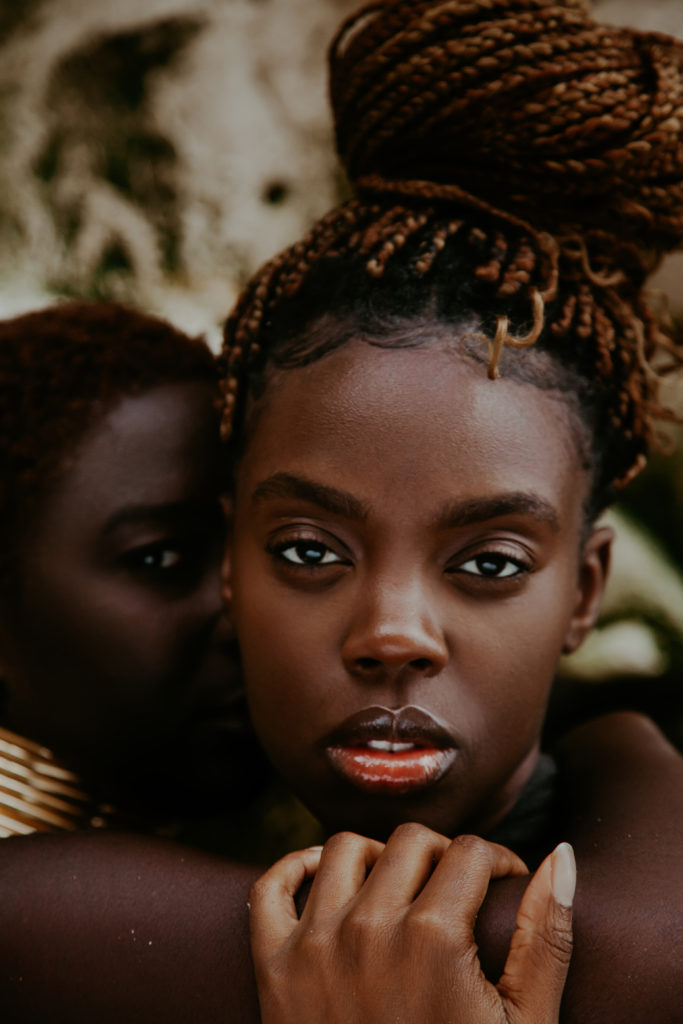
“This shoot was inspired about sisterhood and having a community of females what will support you, lift your head and hold you, with each success, it is for one another, a community.”
PrinceOke Ugorji (21)
Stylist and Creative Director
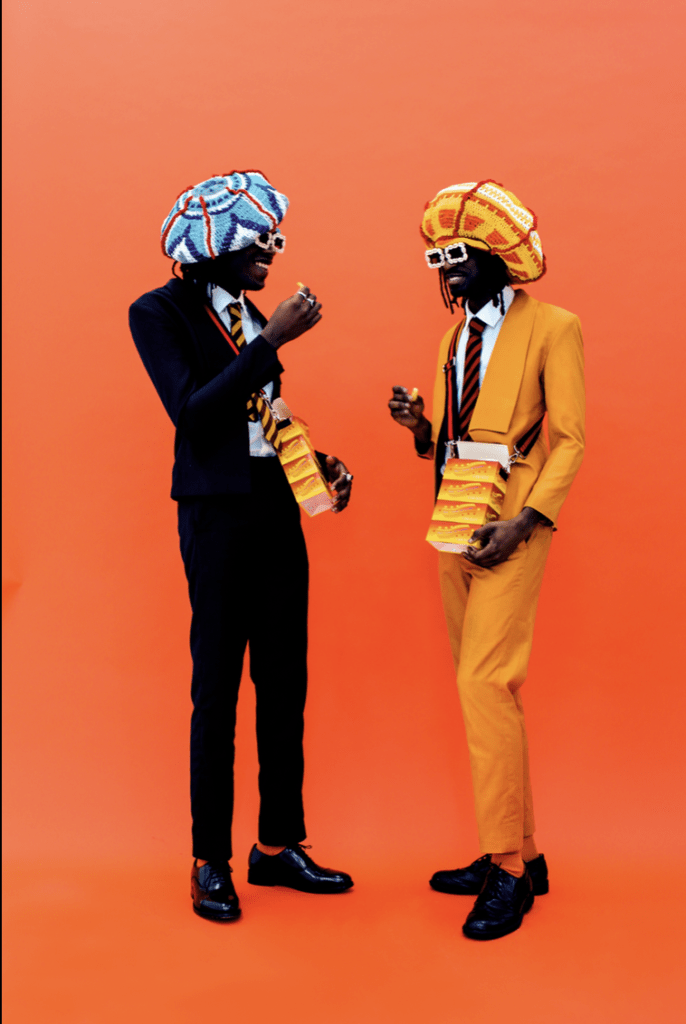
“We selected this piece to feature in the community exhibition as we were blown away by the bold contrasting colours and sense of vibrancy that the piece exudes. The eclectic styling brings together a range of cultures and places us right back in Brixton, with the chicken boxes reminding us of sweeter nostalgic times.”
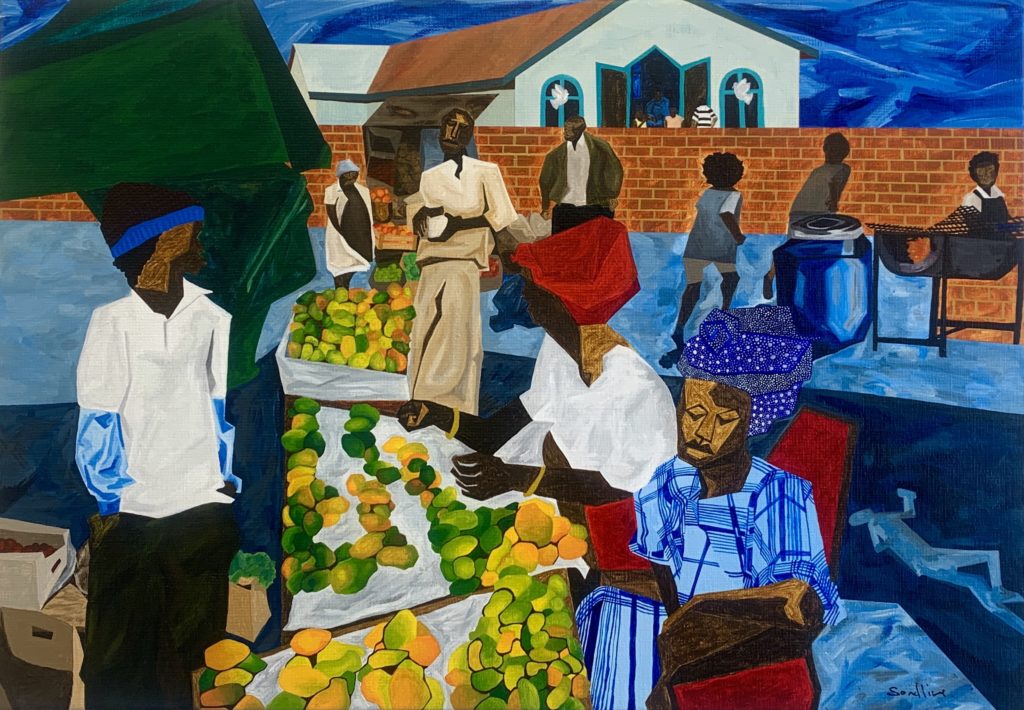
“’Between three and five speaks to how youth clubs and social spaces alike provide an opportunity to the communities they exist within, to be who it is that they are. In our modern society we are blessed to have instant access to one another and yet it feels that we have never been more apart. In the rise of technological and digital spaces, we have left behind those who exist beyond the screens, including ourselves. The difficulty of being, has become one that ironically has increased due to an increase of focus on carefully cultivated, and curated images; there is no room within these personas depicted to truly learn about others and ourselves. Statistically, youth clubs and social spaces including spaces for the elderly, have contributed positively to society.
As citizens, as we spend time together, we foster a care for one another, and in doing so quell any potential threats before they can even become potential at all. Spiritually, the presence and feeling of community is one that offers comfort and encouragement. Such attributes only lead to more good, and positivity breeds positivity. It’s a shame that, though the facts and evidence are plentiful, spaces such as youth clubs have seen a significant decrease. As such, we are left with new generations in positions of misguidance and confusion. We cannot blame a problem that we have created for the problems that it creates; we must always be held accountable and do our best to provide those to come after with the best opportunities for success.”
Chi Chi Anthony Maté Langlah (23)
‘My Sister’s Keeper”
Creative Director

“These images are strong to me because of the visibility of the afro comb and the pose. In the late 60s, the afro comb was worn as a political emblem and a signature of a collective identity. It was recognised as a way of saying no to oppression. Wearing the comb led to a kind of comradeship amongst those whose hair grows up and out, not down. To some African Americans, the afro also represented a reconstituted link to West Africa and Central Africa. The afro comb symbol signifies beauty with the fist. The Black Power Fist comb was first produced in 1972, the era where Afrocentrism was popular and in trend post-civil rights era is an ode to that and a new reinvented way of the black renaissance is a celebration of black hair and black pride.”
Aisha Mohamed (25)
Graphic Artist
“For me, the most important element about all of my pieces is putting Black women at the forefront. Art is too commonly seen as a white man’s method of expression so making sure that Black women always feel seen in my pieces is something I take very seriously. This one is for you, Black girl.”
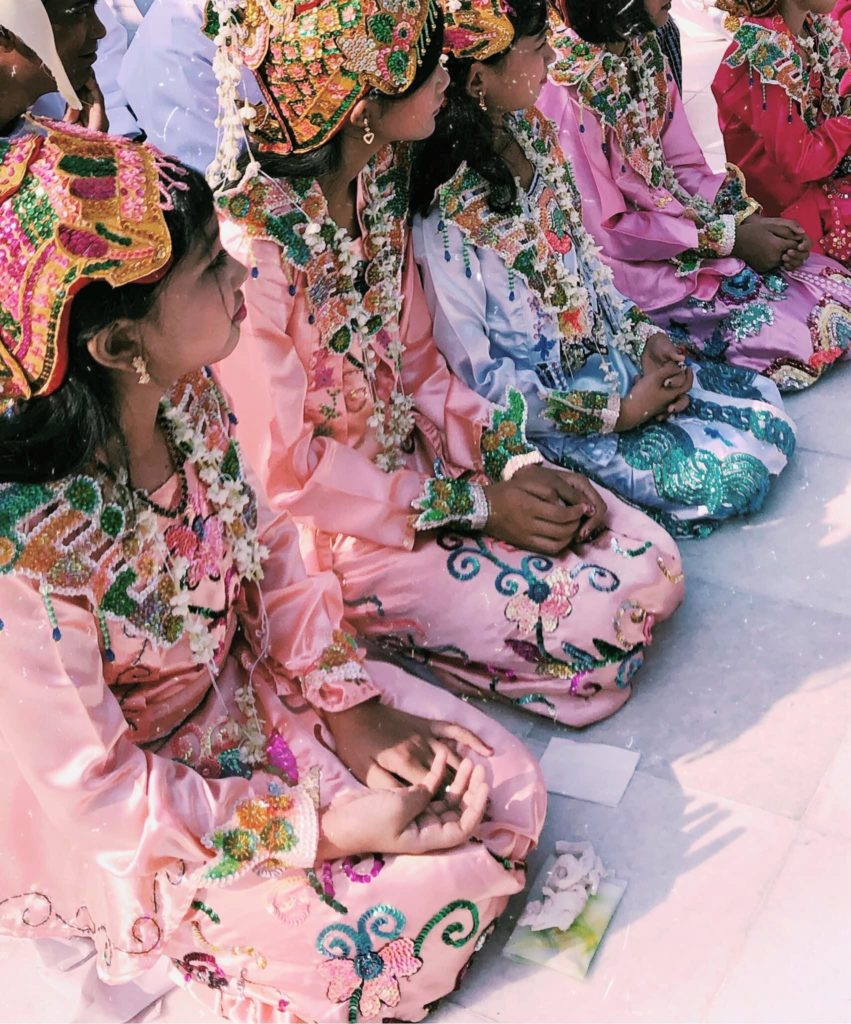
“Little Princesses’’ is a photographic documentation of an ear-piercing ceremony, celebrated in Myanmar/Burma. Among the girls of Myanmar, the ear-piercing ceremony is very important. Burmese women traditionally wear earrings as ornaments as well as symbols of their social status. You could say this ceremony is a Burmese/Myanmar Quinceañera, where girls dress extravagantly as if they are princesses.”
“Earrings are made of silver or gold and may have gemstones embedded in them. This ceremony usually coincides with the boys’ novitiate ceremony, where they become novice monks for a short period of time. The girl is usually a sister of the novice-to-be and gets her ears pierced in a group or on her own. The girl’s ears are pierced before the novitiate ceremony so that they can join the novitiate procession.”
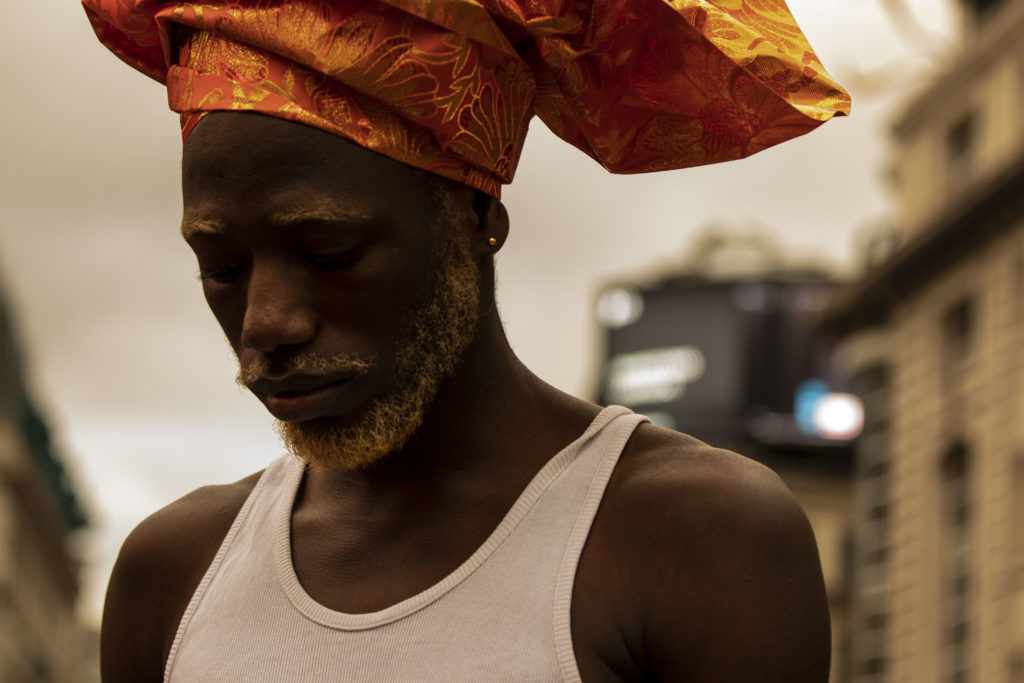
“‘A Crown of Shame is a project dedicated to amplifying the voices of male rape survivors in conflict by drawing attention to the existence of men and boys as victims of sexual violence. The project narrows in on the post-traumatic effects of male rape and the failed acknowledgement of male victims by the international community. The themes explored in this photoshoot attempt to narrate the physical, emotional, mental and culture-excluding effects of rape expressed in a sparse collection of non-fictional accounts given by male survivors in the Democratic Republic of Congo and Northern Uganda. The themes include gender-identity crisis and a cultural loss of masculinity, the absence of rehabilitative and medical care, rape and the attack on the body as well as, the international community’s shallow recognition of men and boys as victims of sexual violence.”
we are raya, (23 & 24)
‘BBQ Season”
Graphic designers, illustrators

“‘BBQ Season’ is an illustration from a collection of workS based on Summer in London. In particular, this piece speaks to the theme of community, through memories of brisk evenings with friends and family gathered to eat. A shared feeling of bliss that is familiar to many.
The series of illustrations are available to buy in @we.are.raya’s second zine, Summer Lovin’ London, which features ten London-based poets to celebrate the city’s creative community.”

“In my work, I depict the nuances of identity within the Black queer community, and explore the relationships between personhood and space through figurative art. “Touch Starvation” is a part of an ongoing series that navigates intersections of Black queer identity and community through narrative driven portraits. Addressing the politics of everyday life and inviting viewers into the worlds depicted. Being Black and queer, my artistic practice has been a means to self-discovery and articulation, as I love conceptualising my thoughts, emotions and experiences into a visual form, whilst referencing my community. I wanted to defy narratives of suffering and instead amplify the beauty and nuances of what isn’t traditionally represented within the Black queer community- where we are free, loved, celebrated, living proudly in our truths and reclaiming our narratives.”
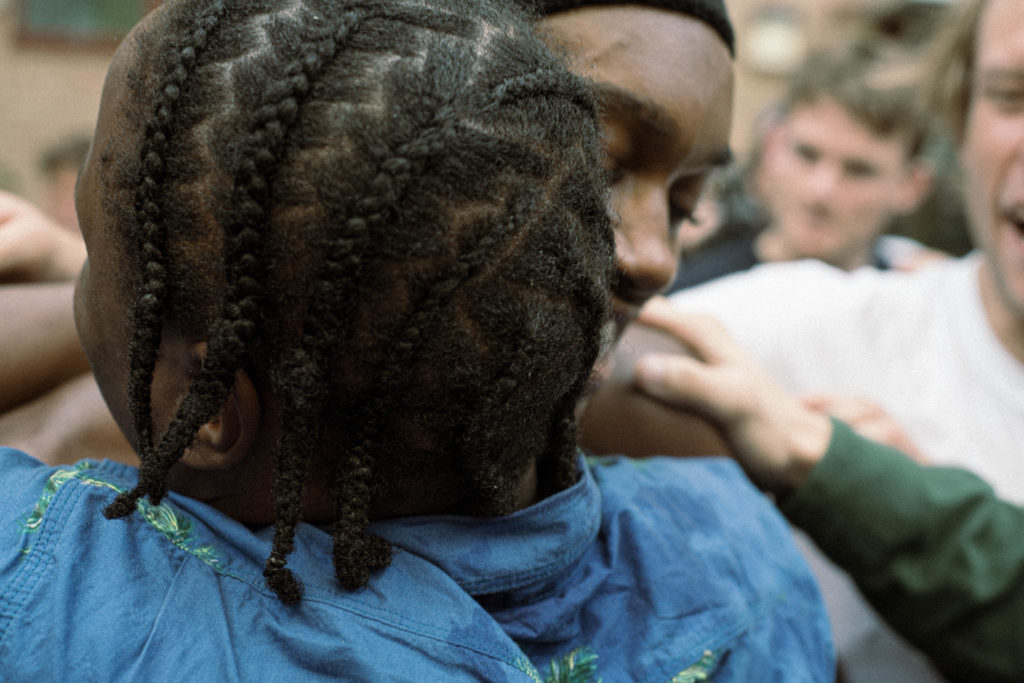
“Probably the first words heard from the braided subject to the skater in which he embraces after witnessing him perform what seemed to be impossible to the simple-minded. It’s moments like these that make me cherish the skateboarding community as dark, pretentious, and toxic as it can be. The light still finds a way to shine in the end.”
Katya Anastasia (26)
Photographer
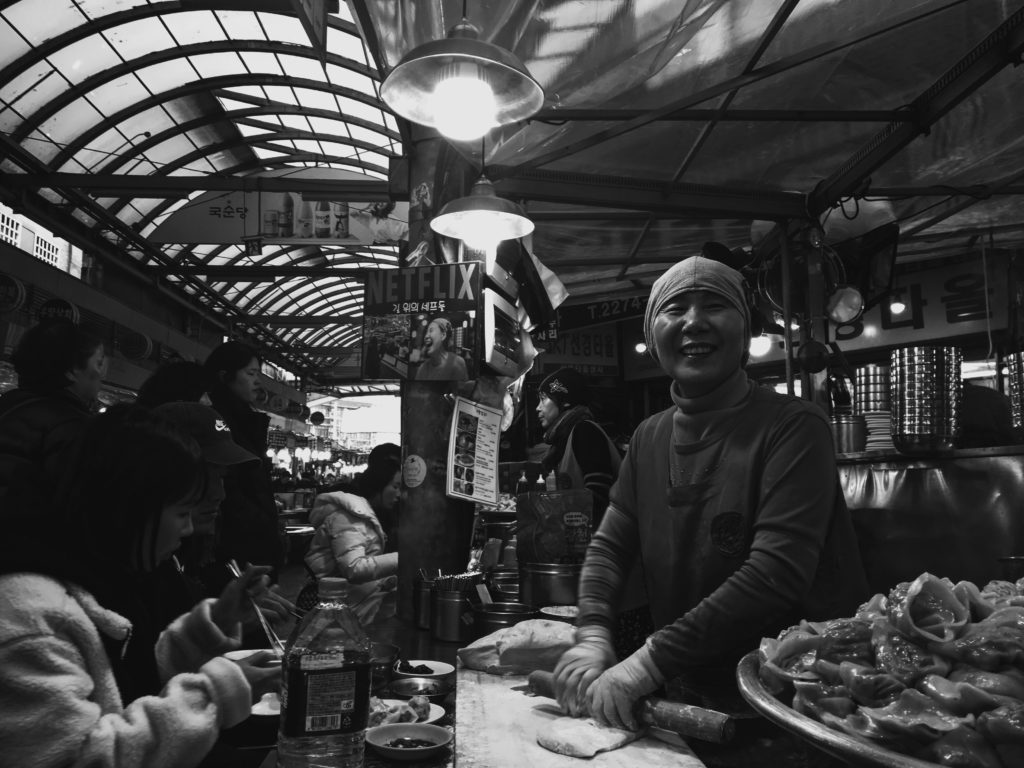
“Food vendors and their customers socialising, eating and laughing together in Gwangjang market in Seoul, South Korea. One of the last markets to sell traditional, old-style Korean food.”
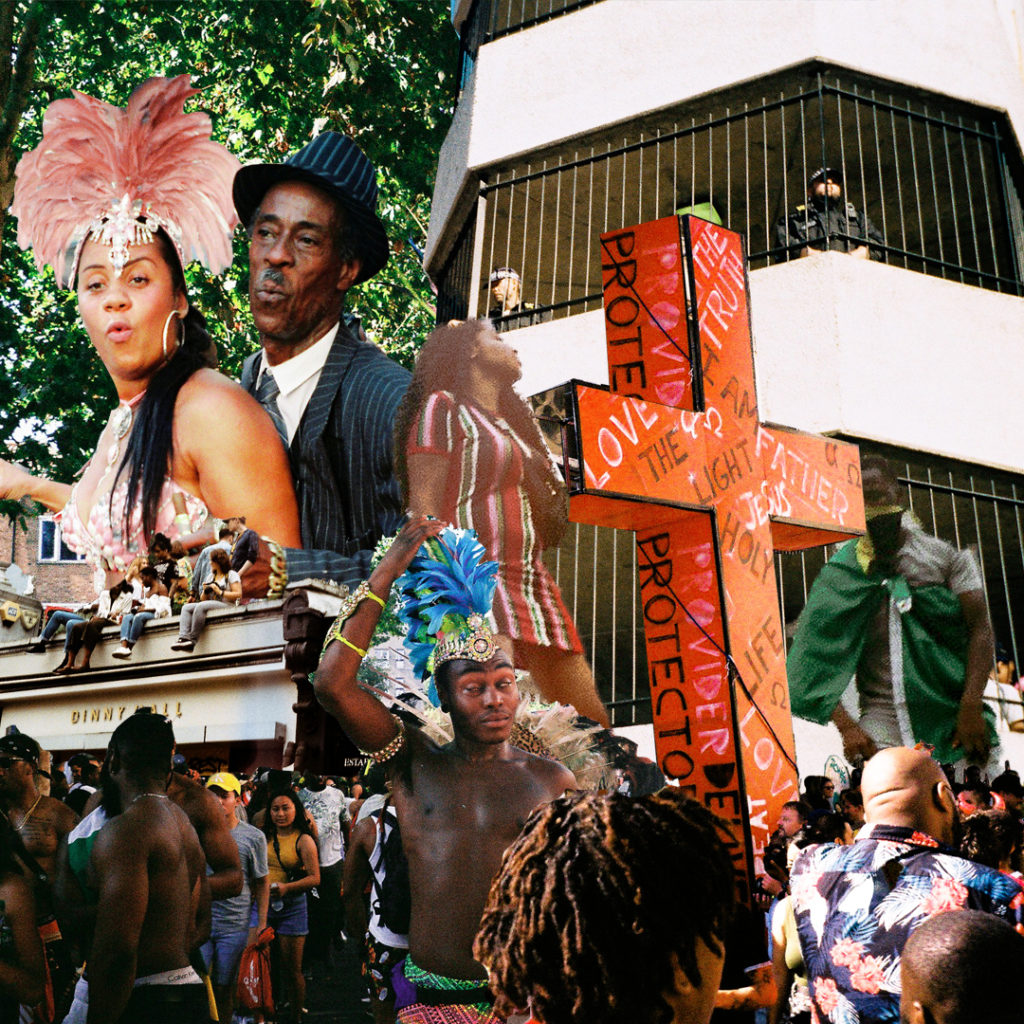
“Created during the first lockdown of 2020. ‘Notting Hill Carnival’ is a digital collage created out of 35mm film street photography images taken in 2019 during the last Carnival before the pandemic”.
“Once I realised that carnival would be on hold for a while I wanted to create a piece that encapsulates that feeling of being at Notting Hill Carnival. In this image you can really feel the fun, the chaos, the camaraderie, and the sense of community felt by everyone over those two days in August. Everywhere you look there is something taking place; something that draws you in to examine on a deeper level.”
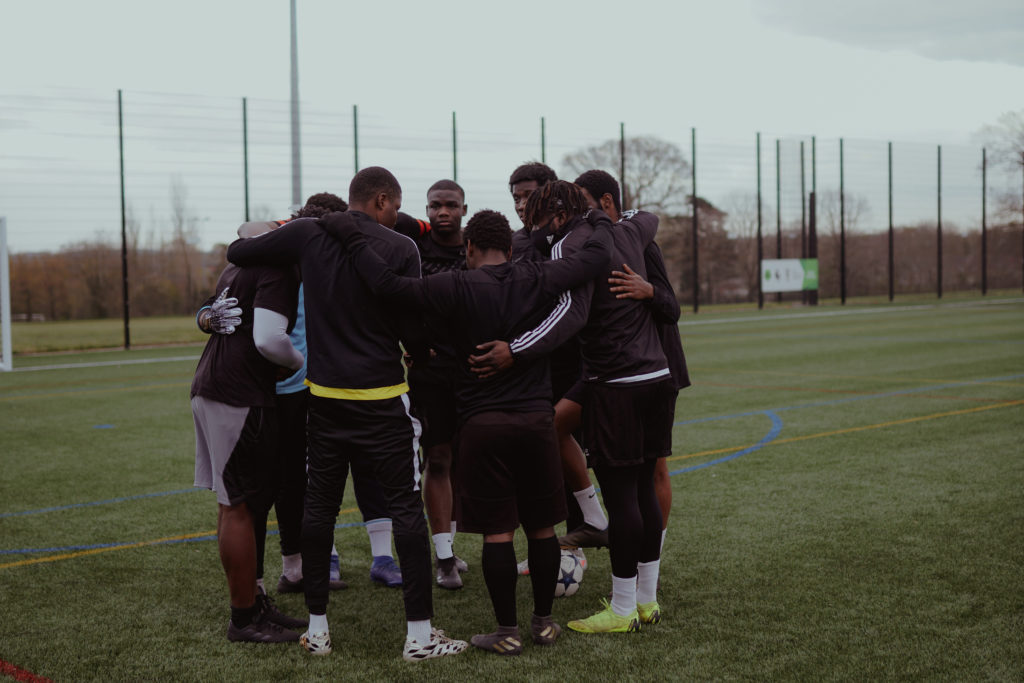
“We often overlook how big of an impact sports make in a community. Particularly through lockdown, these guys became each other’s support system and I know they represent only a small fraction of sports families throughout the UK.”
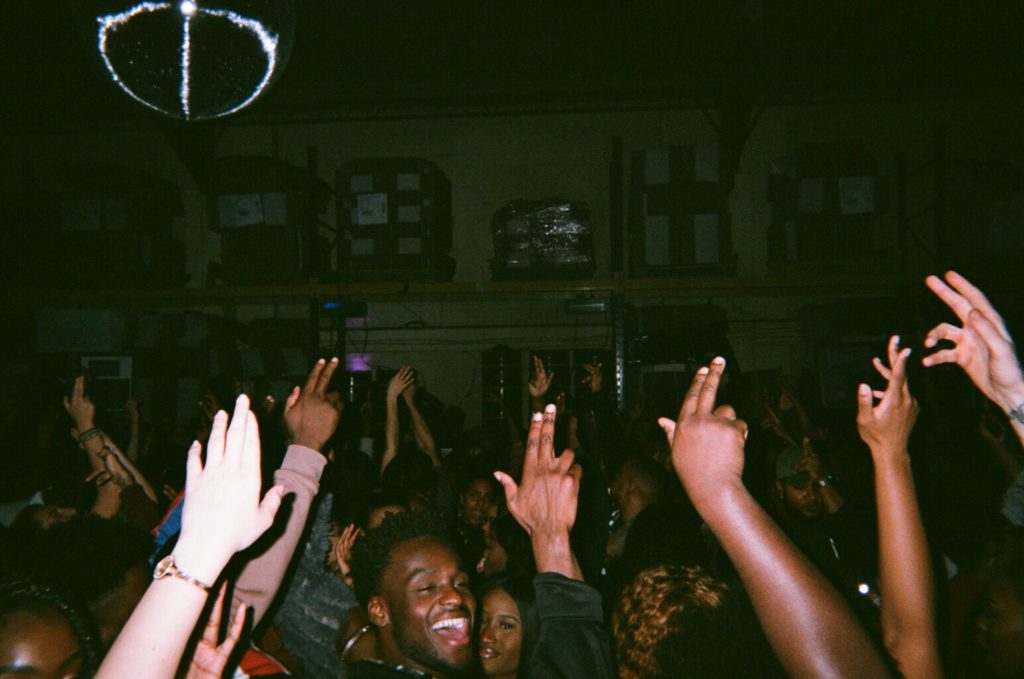
“This piece, in particular, is important to me because it was the first RECESS I worked at, and I just remember this moment where the song came on and everyone put their hands up at the same time. It was amazing. RECESS is more than a party, it’s a space that celebrates young Black British people. Each event someone new comes up to us to share how much they enjoyed themselves, how much they appreciated the environment and being in a space where they could connect with like-minded people, make new friends and just enjoy.”
Lauriem (24)
‘Done begging’
Singer/ Sound-maker
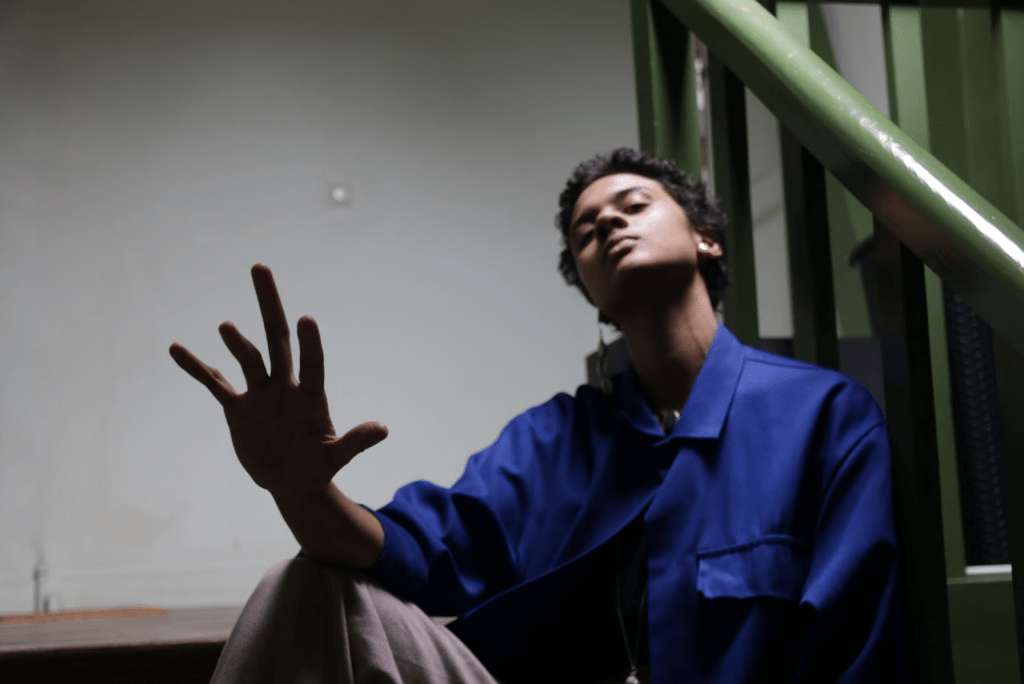
“The sound piece ‘Done begging’ (listen here) and the visual artwork that goes with it speaks to the cathartic learning and unlearning we need to do as communities so we can fight together for liberation and justice. The piece centers communities who have faced exclusion from mainstream institutions (whether because of race, class, disability, gender difference) and embodies the idea that we should stop ‘begging’ for access into structures of power and privilege. For there is too much magic and wisdom to be honoured and centred within our own communities. Instead of asking for rights from benevolent top to bottom patrons, ‘Done begging’ is a call to embody our own freedom and demand what is due, unapologetically and with grace. ‘Done begging’ is also a heart cry calling for the truth that liberation from power structures is a liberation for all of us, including those who’ve been tricked into believing that their privilege and access to institutions makes them better or more lovable people.”
Rojal Jerome Myers (24)
Filmmaker
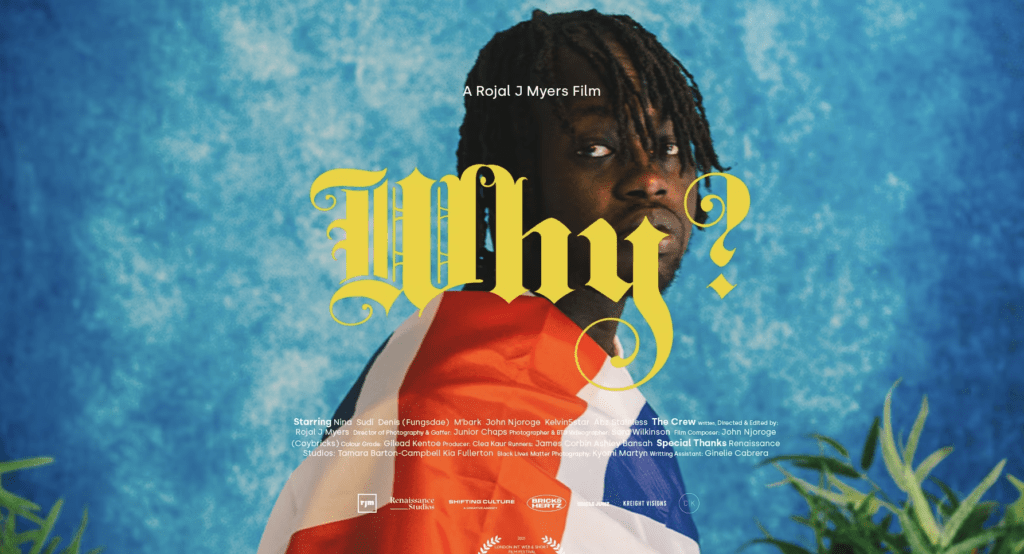
“Why? is a short spoken word film challenging the stereotypes placed upon ethnic minorities in Britain. Why? uses imagery showing how ethnic minorities are viewed by society vs. imagery of how ethnic minorities view themselves. Taking back control of the narrative, Why? is questioning what more do ethnic minorities have to do to show that they’re just as British as our white counterparts. Why? also shows the lack of accountability this nation has, the hypocrisy and irony. Ethnic minorities are placed in a negative light for doing the exact same thing our white counterparts are being praised for, receiving love, empathy, and compassion.”
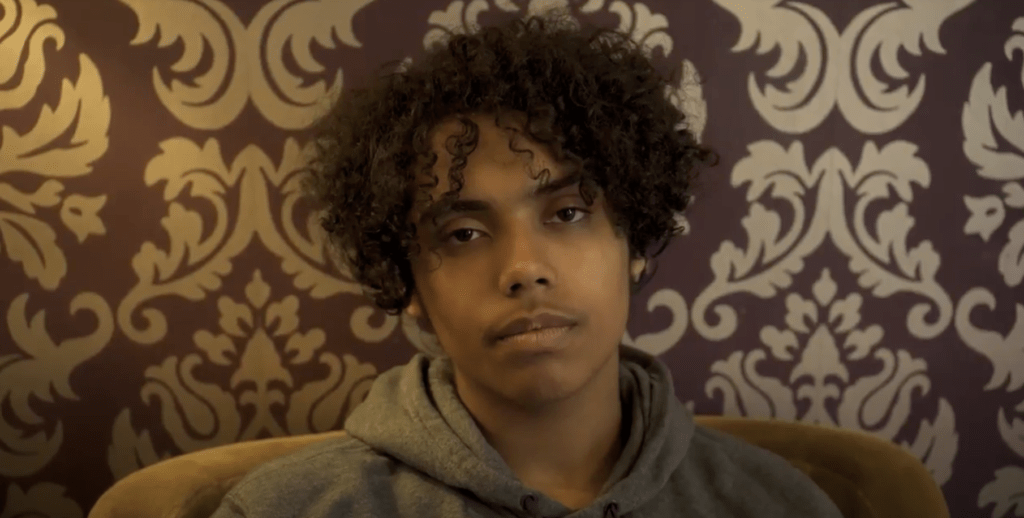
“Hair Care Assurance’ is a film made to empower and uplift our fellow black people. It’s something that I made with the intention of glorifying and celebrating the beauty of black hair and black people, black hair being something which oftentimes isn’t appreciated enough and often seen as messy hearing this at a young age often plagues the minds of young black people. Furthermore, there has always been a lack of understanding as to why we hold our hair dear to our heart and this film is presented in a way that puts that forward and questions the non-black viewer with their perception of their own hair and how this can differ vastly. The diverse imagery allows the presentation of how different black hair can really be and how it shaped the identities of those featured. Finally with the support of the lovely poem the imagery and words come together to create something that captures the beauty and empowerment that comes with black hair.”
Ebubechukwu Akojie , 19
Filmmaker
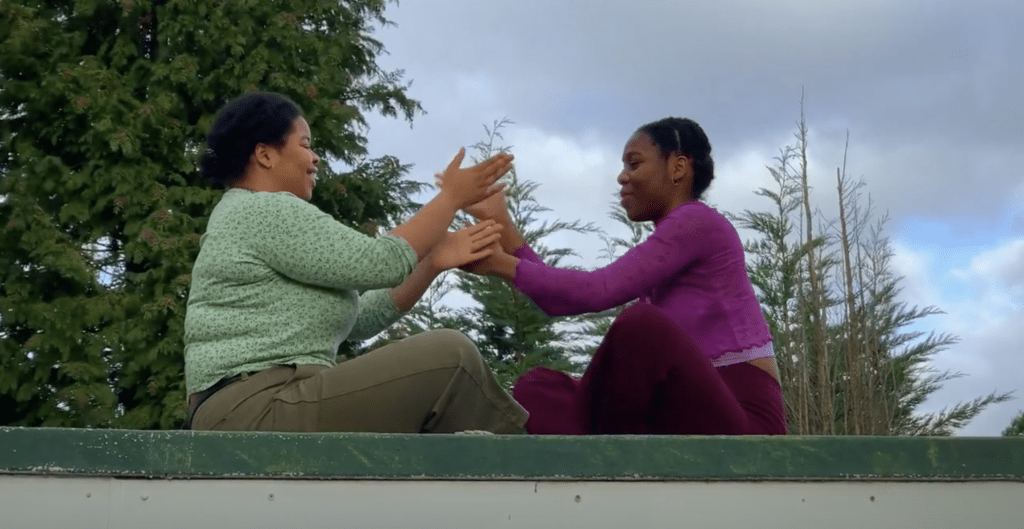
“ eria sci me, which means ‘my people’ in the Nigerian language of Esan, is a piece about the meaning of fam and a chosen community, and how that transcends those we are related to biologically, as friends can often make up the bulk of our chosen ‘Fam’ or community. However, community and fam is also something that transcends life and death, because even those who have passed continue to live in us and affect how we perceive others, ourselves and the world.”
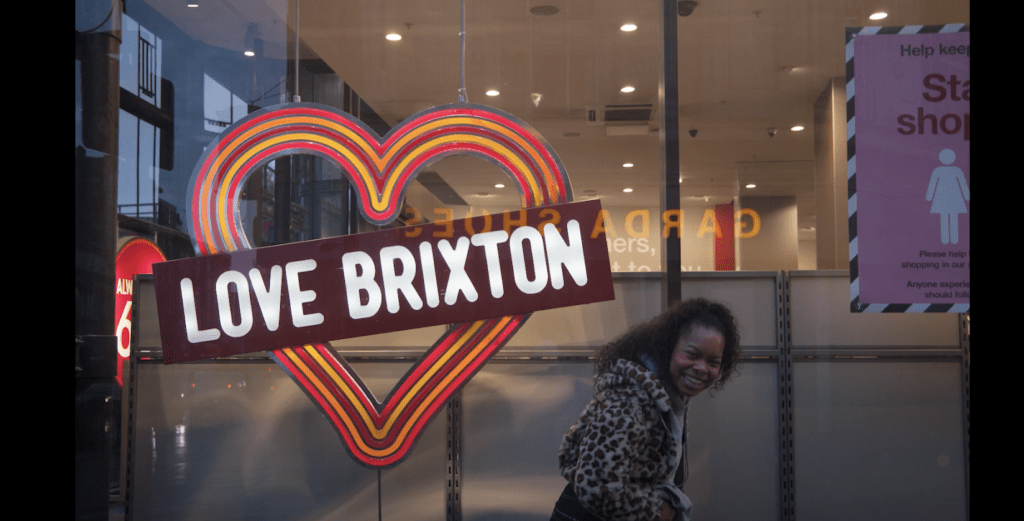
“A short documentary Film regarding moving to Brixton during a lockdown. All things Brixton, culture, music but most importantly the locals that live here.”
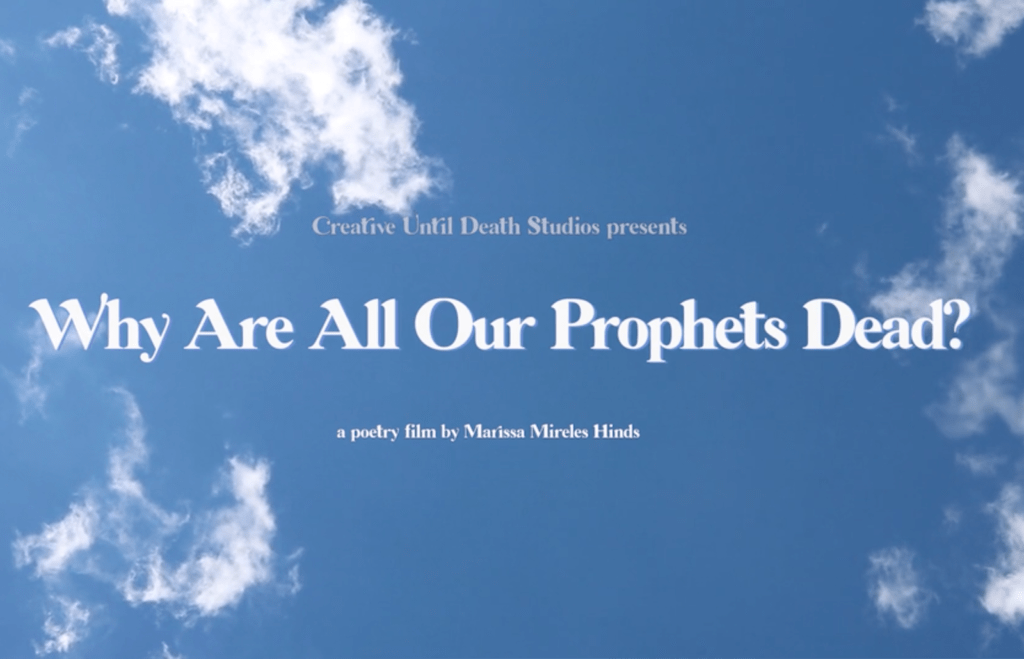
“It looks at the black community and its relationship to progress, peace, martyrdom and sanctification.”
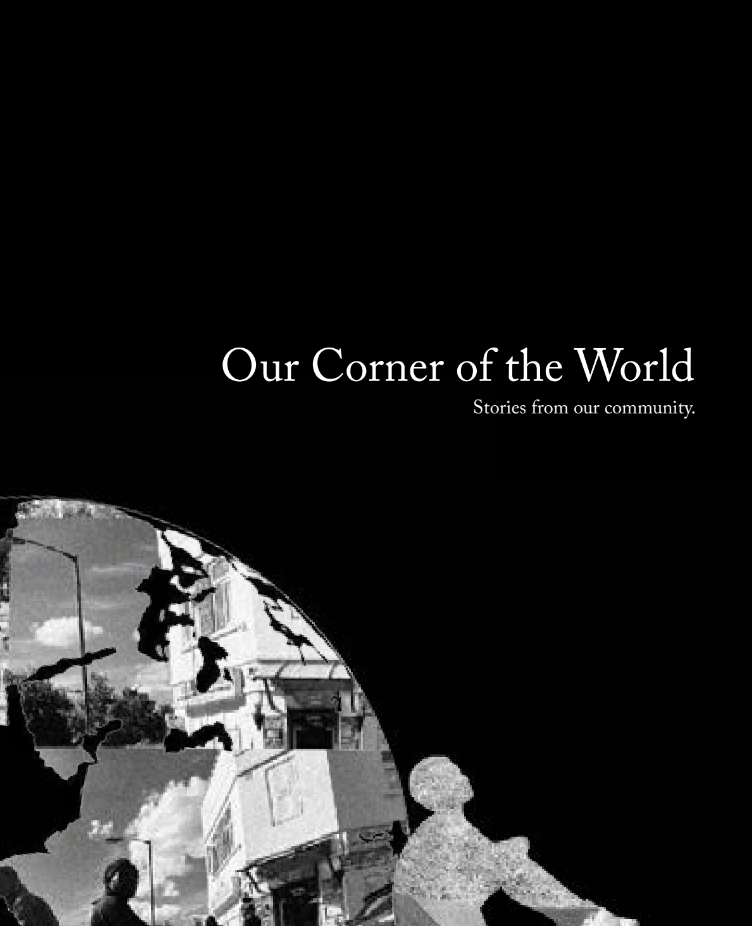
“A collection of stories, poems, letters and a short film written and produced by young Black people in Britain about community. Our Corner of the world challenges the hyper traumatic narratives that have made up an overwhelming sum of black British representation in the literary and visual arts world. The film and ebook provides the opportunity to see young black people existing and enjoying normality within their corner, their communities.”
“Not many people know of Somaliland. Sparked from a small conversation between Hallie and Qasim, Somaliland Ha Nolato (Long Live Somaliland) grew into an experimental documentary that explores and reflects on their complex history from 1960 to 2021. It also looks at why Somaliland should be internationally recognised.”
Contribution by Elsie Cullen.
Check out the GUAP Arts & Culture section, to discover new art, film, and creative individuals.





![ZINO VINCI’S ‘FILTHY & DISGUSTING’EP BRINGS YOU TO THE CORE OF THE ARTIST [@ZinoVinci]](https://guap.co/wp-content/uploads/2023/10/Zino-4.jpg)

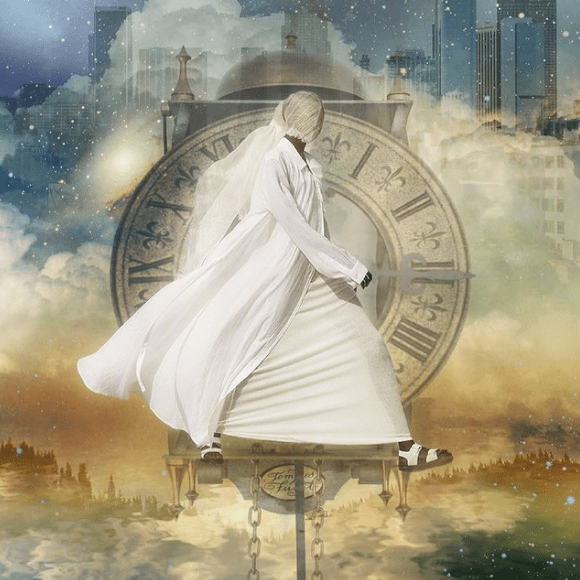

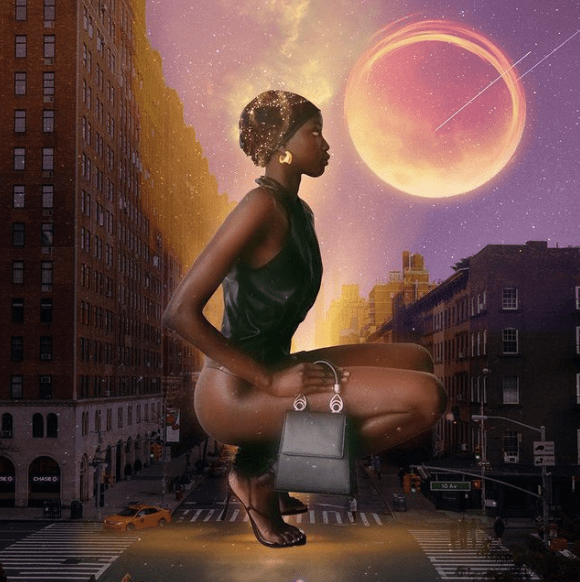
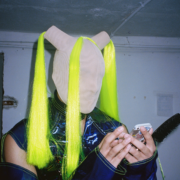



![Remel London’s [@Remel_London] “Mainstream” is a must attend for upcoming presenters!](https://guap.co/wp-content/uploads/2017/02/REMEL-LONDON-FLYER-FINAL-YELLOW-COMPLETE-1.png)